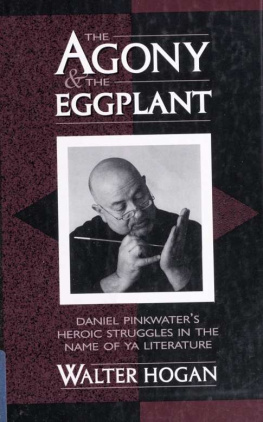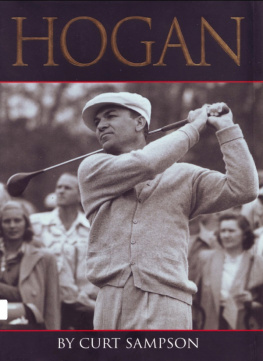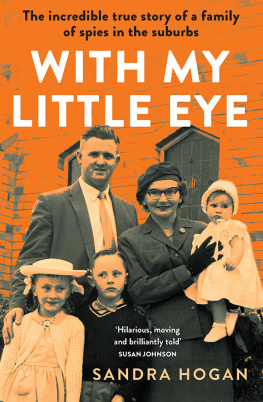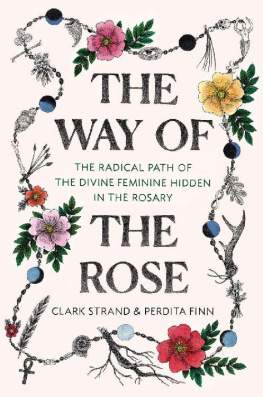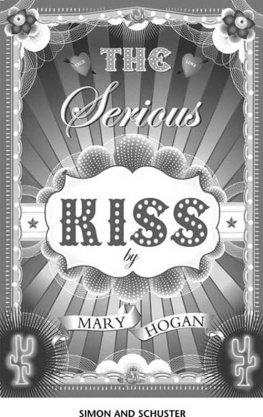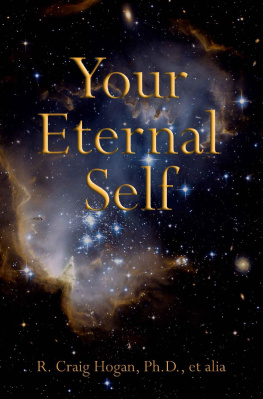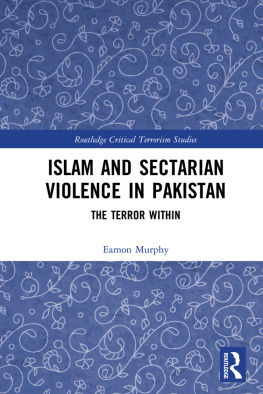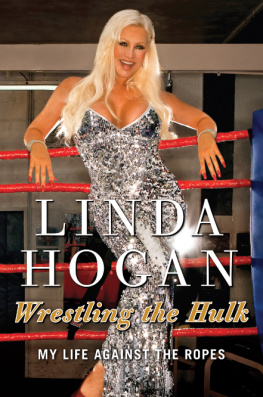Michael Hogan - The Sectarian Strand
Here you can read online Michael Hogan - The Sectarian Strand full text of the book (entire story) in english for free. Download pdf and epub, get meaning, cover and reviews about this ebook. year: 2021, publisher: Ligature, genre: Politics. Description of the work, (preface) as well as reviews are available. Best literature library LitArk.com created for fans of good reading and offers a wide selection of genres:
Romance novel
Science fiction
Adventure
Detective
Science
History
Home and family
Prose
Art
Politics
Computer
Non-fiction
Religion
Business
Children
Humor
Choose a favorite category and find really read worthwhile books. Enjoy immersion in the world of imagination, feel the emotions of the characters or learn something new for yourself, make an fascinating discovery.

- Book:The Sectarian Strand
- Author:
- Publisher:Ligature
- Genre:
- Year:2021
- Rating:3 / 5
- Favourites:Add to favourites
- Your mark:
- 60
- 1
- 2
- 3
- 4
- 5
The Sectarian Strand: summary, description and annotation
We offer to read an annotation, description, summary or preface (depends on what the author of the book "The Sectarian Strand" wrote himself). If you haven't found the necessary information about the book — write in the comments, we will try to find it.
The Sectarian Strand — read online for free the complete book (whole text) full work
Below is the text of the book, divided by pages. System saving the place of the last page read, allows you to conveniently read the book "The Sectarian Strand" online for free, without having to search again every time where you left off. Put a bookmark, and you can go to the page where you finished reading at any time.
Font size:
Interval:
Bookmark:
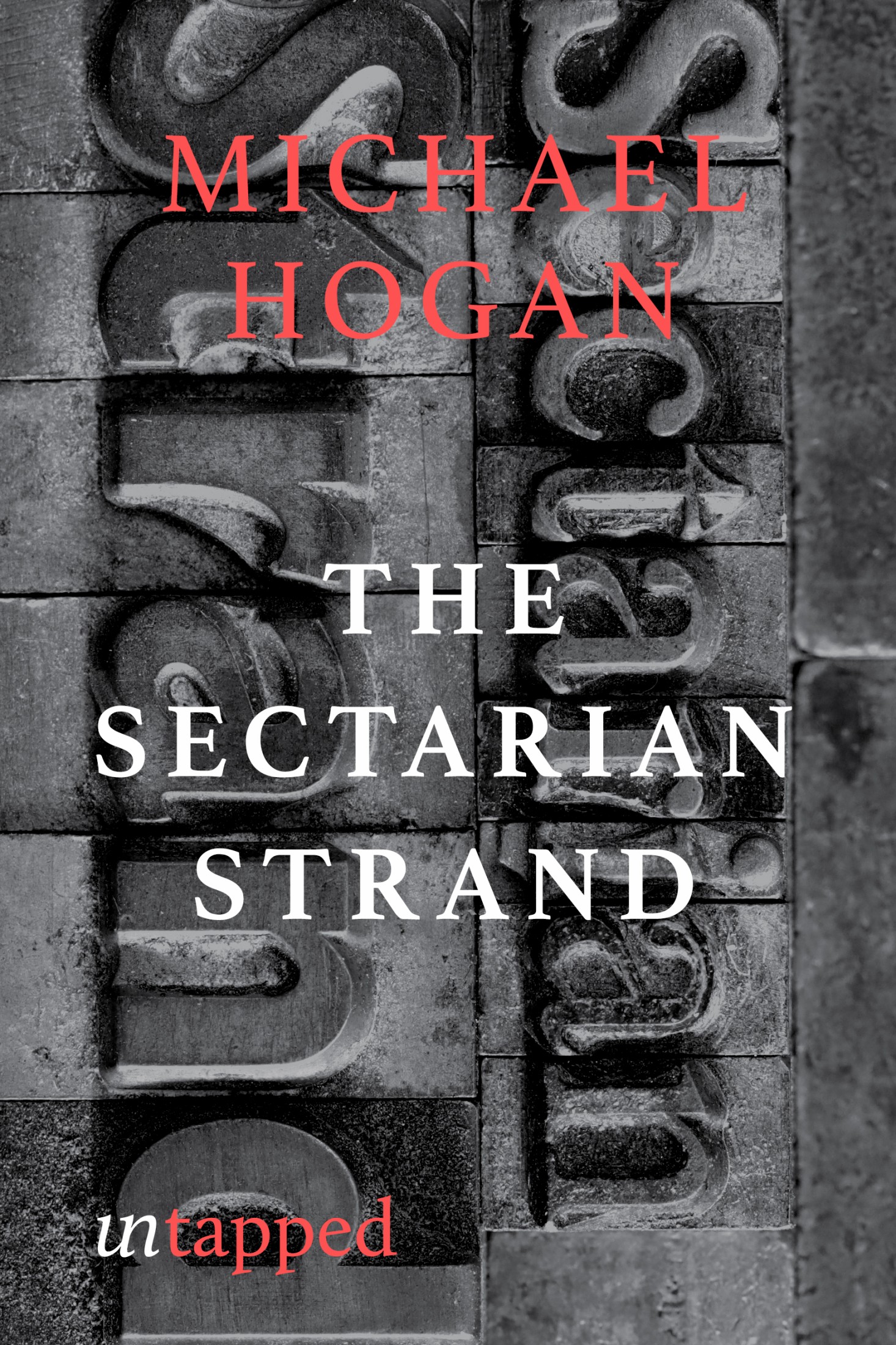
Michael Hogan
THE SECTARIAN STRAND
Religion in Australian History

About Untapped
Most Australian books ever written have fallen out of print and become unavailable for purchase or loan from libraries. This includes important local and national histories, biographies and memoirs, beloved childrens titles, and even winners of glittering literary prizes such as the Miles Franklin Literary Award.
Supported by funding from state and territory libraries, philanthropists and the Australian Research Council, Untapped is identifying Australias culturally important lost books, digitising them, and promoting them to new generations of readers. As well as providing access to lost books and a new source of revenue for their writers, the Untapped collaboration is supporting new research into the economic value of authors reversion rights and book promotion by libraries, and the relationship between library lending and digital book sales. The results will feed into public policy discussions about how we can better support Australian authors, readers and culture.
See untapped.org.au for more information, including a full list of project partners and rediscovered books.
Readers are reminded that these books are products of their time. Some may contain language or reflect views that might now be found offensive or inappropriate.
For Mary Jane, Liam and Susannah, who may someday read this book
Acknowledgments
It would clearly be impossible to write a book which tries to encompass the whole of such a vast subject without a heavy dependence on people who have studied aspects of it before me. The Reading Guide at the end of the book give some details of my indebtedness. There is an obvious debt to scholars such as Patrick OFarrell, Manning Clark and the contributors over the years to the Journal of Religious History. They have helped to establish that the religious influence in Australian history is worth studying.
The present volume has entailed a journey of scholarship over many years and with side trips down a number of dead-ends. Over my years in the Government Department at the University of Sydney I have received insights and encouragement from my former teacher and colleague, now retired, Henry Mayer. I hope he likes the book. I have also had the active cooperation in a number of small projects from research assistants in the Department over the last ten years. They may not see the fruits of their labours in these pages (I led some of them down dead-ends!), but I am happy to acknowledge the help of Mary Ann OLoughlin, Carole Thornton, Peter McEvoy, Valerie Russell and Lynne Thomson. Liz Kirby compiled the Index.
I am grateful to a number of people who have read and commented on sections or drafts of this book, especially Ed Campion, Hilary Carey, Carol Liston, Lynne Thomson, Ken Turner and my editor, Venetia Nelson. I have not always taken their advice but they have helped to make it a better book.
Contents
Introduction
In November 1951 Australia was coming to the end of its jubilee fiftieth year since Federation. The nation had emerged six years previously from the Second World War to face an entirely new worldwith new opportunities and new threats. The newspapers of the time were full of concern about the influence of communismboth at home in the trade union movement, and abroad in the war in Korea where communism was perceived as the expansionary and militaristic foe with long-term designs on Australia itself. For some citizens these matters were linked with issues of social and even sexual morality which seemed to indicate that Australia was a country faced with a declining birthrate, a lack of respect for law, and a deficiency in the moral fibre necessary to face up to the challenges of the future. On Remembrance Day, 11 November, some of Australias leading citizens issued a statement to the nation about these matters, pointing out the dangers facing the country at that critical point in its history. This Call to the People of Australia was signed by the Australian leaders of the Anglican, Roman Catholic, Presbyterian and Methodist churches and of the Australian Council of the World Council of Churches. It was also signed by the chief justices (or, in the case of New South Wales where the Chief Justice was acting governor, by his deputy) of each of the Australian States. To give the statement what was almost the ultimate official status for that era, it was read formally by the chairman of the Australian Broadcasting Commission immediately after the 7pm news. The core of the message was expressed in apocalyptic language:
Australia is in danger. We are in danger from abroad. We are in danger at home. We are in danger from moral and intellectual apathy, from the mortal enemies of mankind which sap the will and weaken the understanding and breed evil dissensions.
Unless these are withstood, we shall lack moral strength and moral unity sufficient to save our country and our liberties. Our present dangers are a challenge to us, but in meeting the challenges of history peoples grow in greatness. The dangers demand of all good Australians community of thought and purpose. They demand a restoration of the moral order from which alone true social order can derive.
After further exhortations to upright behaviour in civil life the statement concluded with a ringing call to Fear God, Honour the King. The statement encapsulates aspects of the relationship between churches and the general society which were recognisably the same as when European settlement began in Australia more than one hundred and sixty years before. Yet it also indicates some ways in which that relationship was changing.
The partnership of clergymen and judges as authors of the statement fits into an Australian tradition where the first clergymen were themselves magistrates and where the church successfully claimed the role of moral guardian of the state. The language of the dependence of the social order on a traditional moral order has been the language of social conservatism throughout Australias historyand continues as such to this day. The very title of the statement carries those resonances forward in history; in New South Wales political life of the 1980s the Call to Australia is the title of a political party established to defend traditional moral values as defined by the Festival of Light and its ecclesiastical supporters. Its clerical representative in the New South Wales Legislative Council, the Reverend Fred Nile, maintains continuity of the moral guardianship claim. Yet there are features of the statement which signalled a change in the traditional role of the church. Given the history of the previous century and a half of animosity between Catholic and Protestant it comes as a matter of some surprise to find Protestant and Catholic leaders in such complete harmony. The statement accurately marks the period in Australias history when that particular division in society seemed to have lost most of its sting.
The statement also serves to introduce some of the themes of this book. Most commentators of the impact of religion and the churches on Australian society automatically find themselves drawn to the many instances of religious conflict and divisionthe conventionally understood sectarianismbecause this is when the churches are most visible and also because, on a number of issues, those divisions have been of vital importance to directions which the whole society has taken. This book is no exception: sectarianism is one of the key topics of its argument. In fact, the Call to the People of Australia (as also its later namesake political party) represents one side of an endemic division in Australian society: a socially conservative establishment confronting a reluctant and indifferent general population. The statement was welcomed by the leaders of the main political parties (including Labors Dr Evatt) and by spokesmen for employer and community groups, yet the reaction of the general labour movement was more sceptical. The formidable Tom Dougherty, General Secretary of the Australian Workers Union, commented: A little less knocking of the people and a bit more applause wouldnt do any harm. The Federal Secretary of the Australian Labor Party, the equally formidable P.J. Kennelly, conceded that the authors of the statement no doubt mean well, but If the countrys leaders attended to the peoples material wants, the moral fibres would look after themselves.
Font size:
Interval:
Bookmark:
Similar books «The Sectarian Strand»
Look at similar books to The Sectarian Strand. We have selected literature similar in name and meaning in the hope of providing readers with more options to find new, interesting, not yet read works.
Discussion, reviews of the book The Sectarian Strand and just readers' own opinions. Leave your comments, write what you think about the work, its meaning or the main characters. Specify what exactly you liked and what you didn't like, and why you think so.

